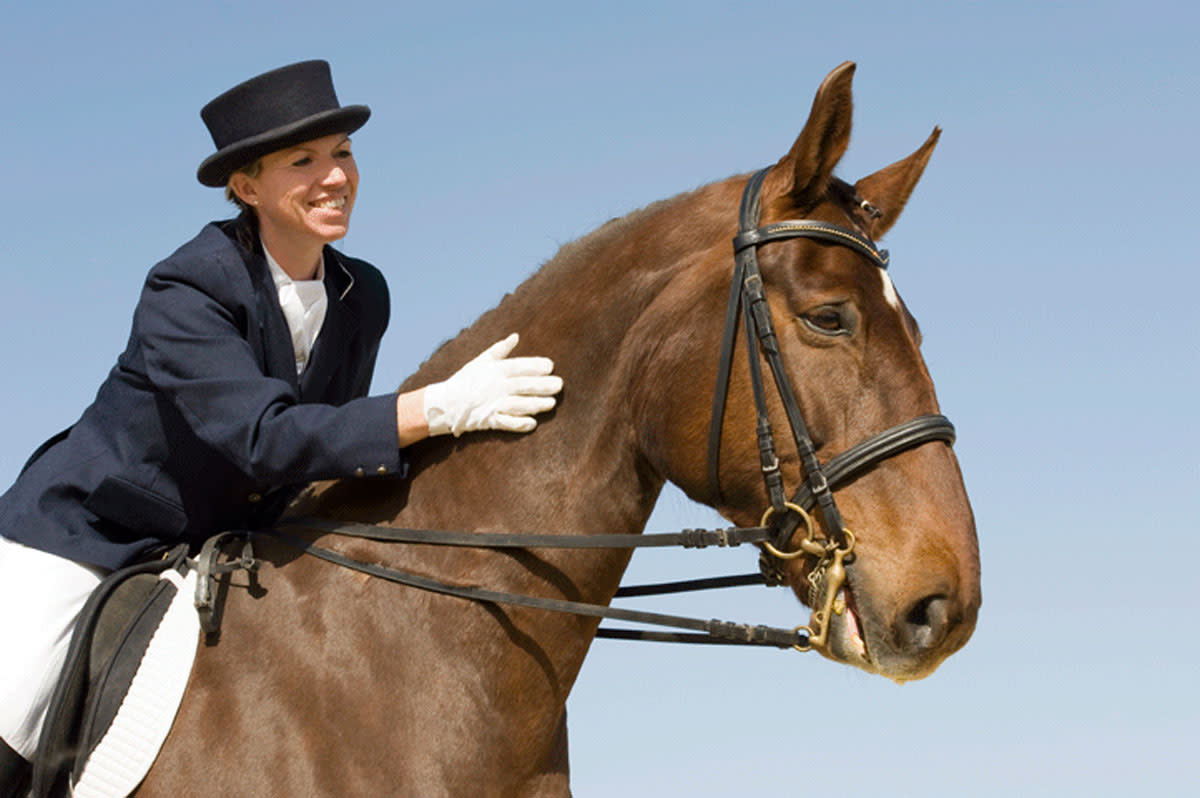
Often, collaboration between important think tanks can yield exciting results and promises for new treatment methods for difficult clinical problems. Recent collaborative efforts between researchers at the Moscow State Academy of Veterinary Medicine and Biotechnology, the Kazan University in Russia, and the University of Nottingham’s School of Veterinary Medicine and Science in the United Kingdom have done just that.
Their study evaluated efficacy of repair of injured tendon and ligament tissue following injection of growth factors. The specific growth factors used—pDNA encoding species-specific vascular endothelial growth factor (VEGF164) and fibroblast growth factor 2 (FGF2)—were administered directly into a severely injured suspensory ligament and superficial digital flexor tendon of two championship dressage horses [Kovac, M.; Litvin, Y.; et al. Gene Therapy Using Plasmid DNA Encoding Vascular Endothelial Growth Factor 2 Genes for the Treatment of Horse Tendinitis and Desmitis: Case Reports. Frontiers in Veterinary Science, Oct 10 2017].
Outcome of these cases was compared to treatment with traditional medical and regenerative therapies. Traditionally, 80-90% of cases treated conventionally are able to return to a pre-injury work output, but require 5-6 months of layup for healing. Delay in healing occurs due to limited blood supply and low metabolism in tendon and ligament tissues. Relapse often occurs in 20% of cases treated with regenerative medicine, and as many as 60% of cases treated with conventional therapy.
The specific genes used to treat the injured soft tissue structures in this study are able to attract bone marrow constituents to influence blood vessel and connective tissue regeneration. Lameness in the treated horses abated within three weeks. Ultrasound follow-up revealed “complete regeneration of both tendon and ligament within 2-3 months of treatment.”
The horses treated with the gene therapy resolved their injuries successfully and were able to return to prior athletic function. By 12 months post-treatment, the horses were pain free and performing well at their original level.
This procedure has the potential to revolutionize tendon and ligament injury therapy in all species, including humans. Larger trials and more funding will help identify if this technique can provide an efficacious therapeutic solution for equine practitioners to employ for their patients.








